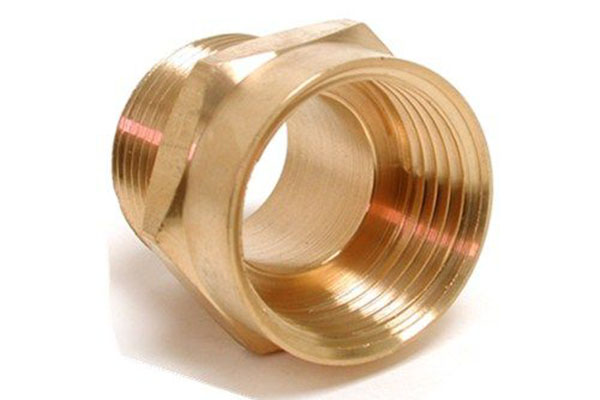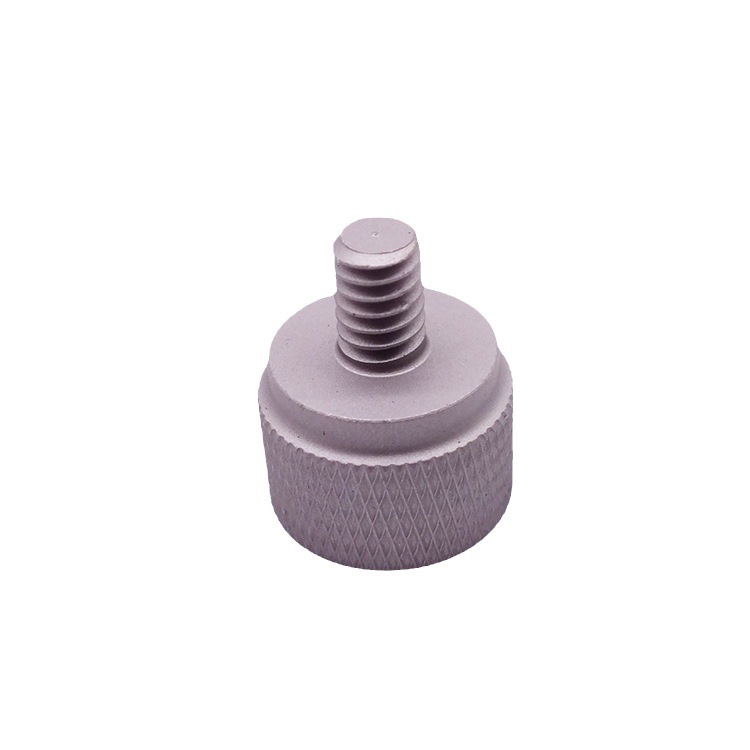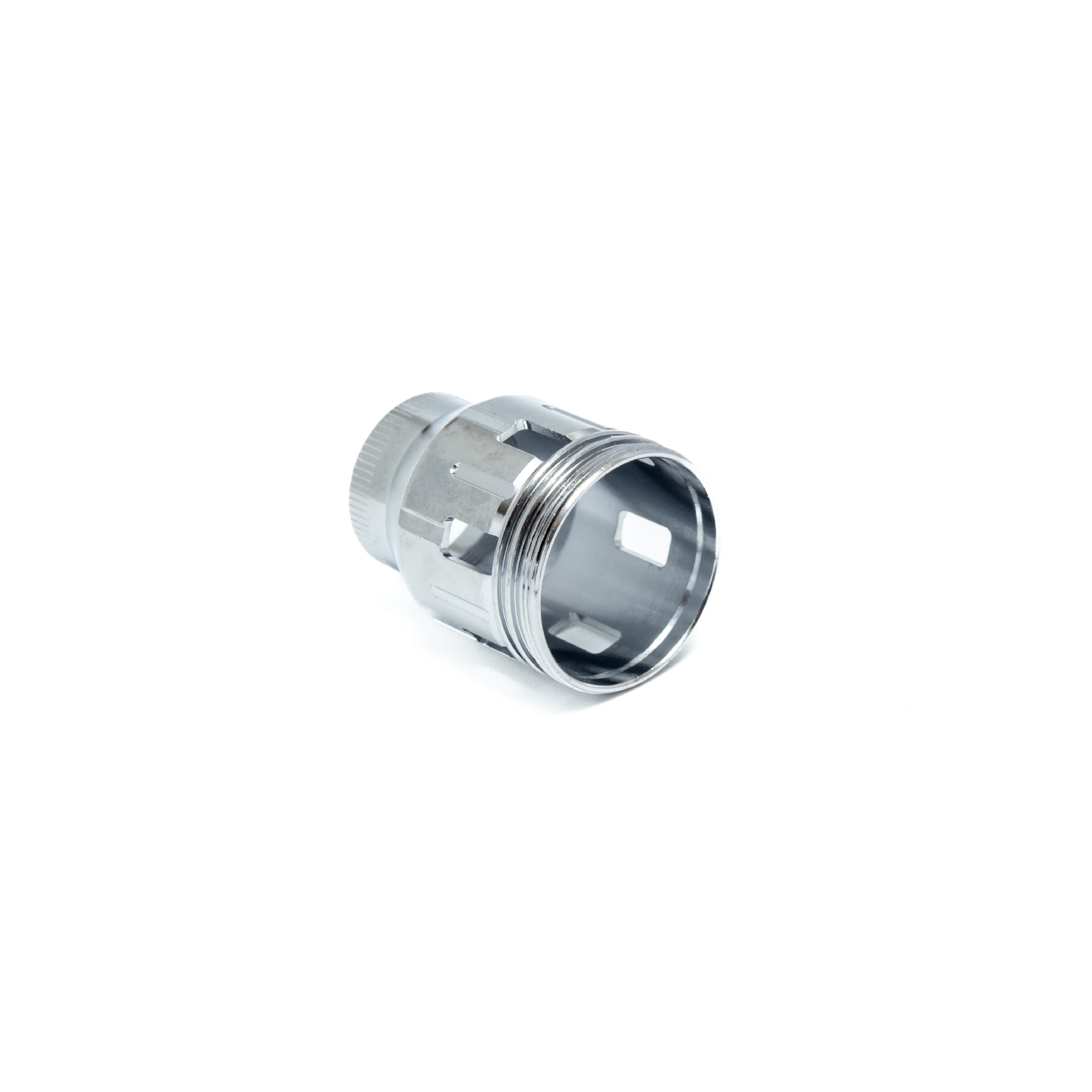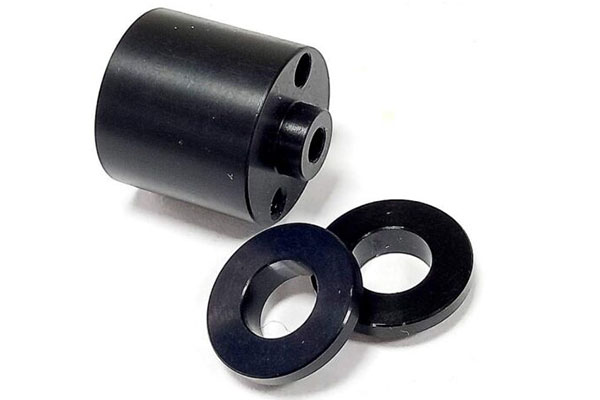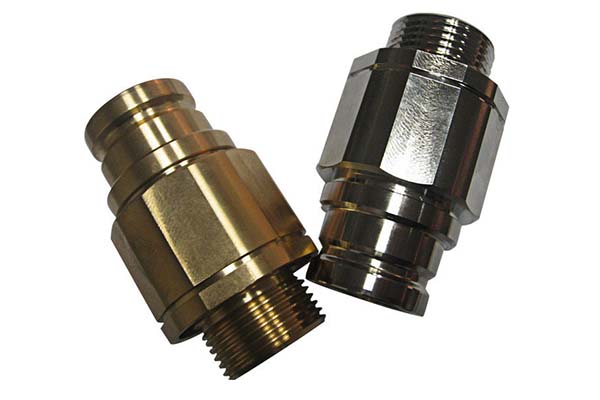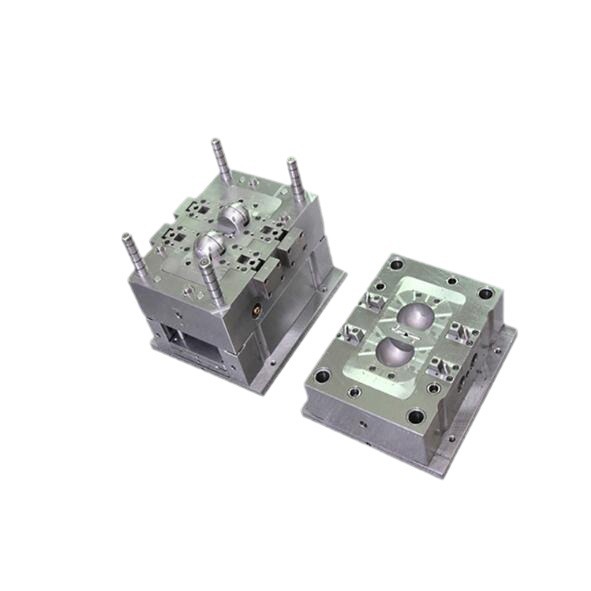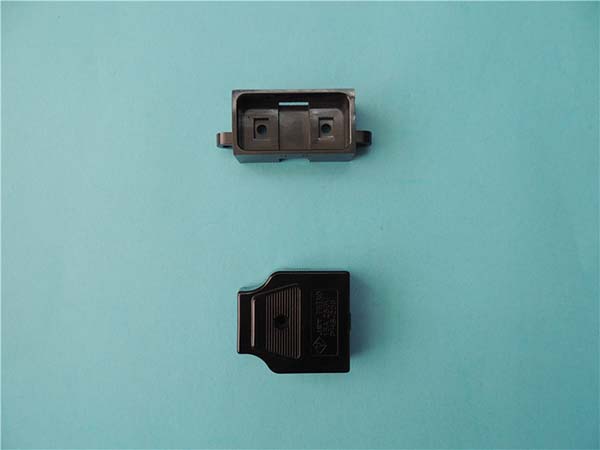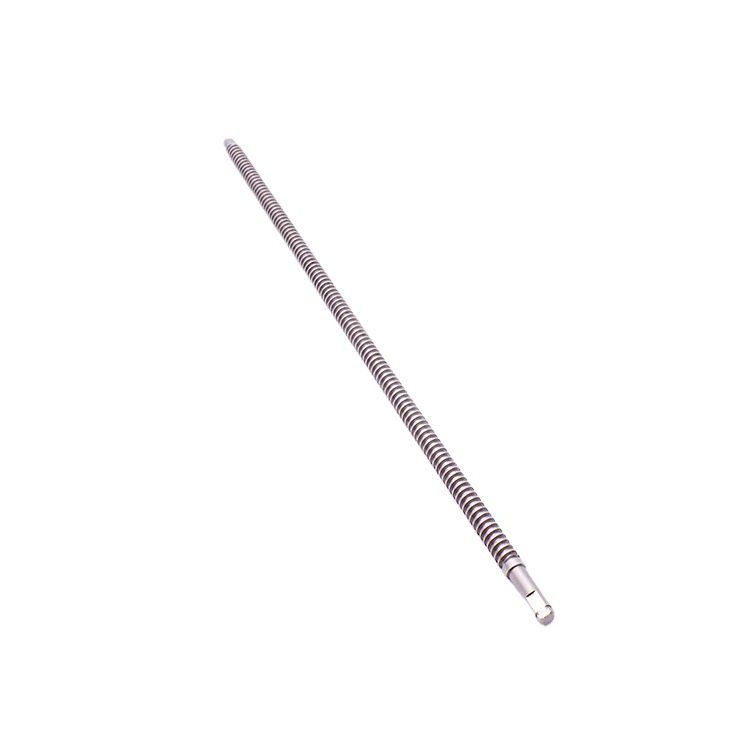C54400 bronze is a high-performance alloy prized for its bearing properties and corrosion resistance, but machining it requires careful attention to its unique characteristics. Its composition makes it prone to work-hardening during cutting, leading to uneven tool wear and surface finish inconsistencies. This guide addresses these challenges, providing actionable strategies to achieve precision and efficiency when machining C54400 bronze.
Material Properties of C54400 Bronze in CNC Machining
C54400 bronze composition is a well-balanced blend often referred to as phosphor bronze 88/4/4/4—typically 88% copper, 4% tin, 4% lead, 4% zinc, with trace phosphorus. This formulation delivers a rare combination of mechanical and functional properties that make it indispensable in demanding applications.
One of its standout features is high wear resistance, which stems from the tin-copper matrix that forms hard intermetallic compounds. This, paired with excellent bearing properties, makes it ideal for components that experience continuous friction, such as bushings and bearings.
While not as freely machinable as leaded brass, C54400 has a good machinability rating (approximately 60% compared to free-machining brass), thanks in part to its lead content that acts as an internal lubricant. Additionally, it offers corrosion resistance in marine environments, outperforming many steels in saltwater and humid conditions—a key advantage for marine hardware and offshore components.
| Property | Advantage | Application Impact |
| High wear resistance | Reduces material loss over time | Extends lifespan of bushings and bearings |
| Excellent bearing properties | Minimizes friction and heat buildup | Ensures smooth operation in rotating components |
| Good machinability | Lowers production time and tool costs | Enables cost-effective manufacturing of complex parts |
| Marine corrosion resistance | Withstands saltwater and humidity | Suitable for shipboard and offshore equipment |
CNC Machining Parameters for C54400 Bronze
Optimal Cutting Speeds and Feeds
The optimal cutting speed for C54400 bronze ranges from 100–200 m/min, depending on the operation and tooling. For roughing with carbide tools, 100–150 m/min balances material removal rate and tool life, while finishing with PCD tools can reach 150–200 m/min for superior surface quality.
Feed rate for phosphor bronze machining typically falls between 0.05–0.15 mm/tooth. Lower feeds (0.05–0.08 mm/tooth) are recommended for finishing passes to achieve finer surface finishes, while higher feeds (0.10–0.15 mm/tooth) work well for roughing to maximize productivity.
Depth of Cut and Coolant Selection
Depth of cut recommendations vary by operation: 0.5–2 mm for roughing to quickly remove material, and 0.1–0.5 mm for finishing to maintain dimensional accuracy. Excessive depth in finishing can cause work-hardening, which leads to increased tool wear and poor surface integrity.
Coolant selection for bronze alloys is critical—water-soluble coolants with 5–10% concentration are ideal, as they effectively dissipate heat and flush chips away from the cutting zone. This prevents the workpiece from overheating and maintains consistent cutting conditions.
Chip Control and Tool Life
Chip control strategies are essential because C54400 tends to produce stringy chips that can 缠结刀具 or damage the workpiece surface. Using tools with chip breakers and optimizing feed rates to create short, manageable chips improves process efficiency.
Tool life optimization involves balancing cutting parameters: running at the upper end of the speed range (180–200 m/min) with light feeds reduces contact time, while periodic coolant checks ensure proper lubrication and cooling—both extending tool life by 30–40% in typical operations.
Tooling and Cutting Tools for C54400 Bronze
Carbide and PCD Tooling
Carbide end mills for bronze are the workhorses of C54400 machining, with micro-grain carbide grades (e.g., WC-Co with 0.5–1 μm grain size) offering superior edge retention. For high-precision finishing or mirror-like surfaces, PCD tooling for phosphor bronze is unmatched, as diamond’s hardness resists wear even at high speeds.
Tool Geometry and Coatings
Tool geometry for non-ferrous alloys differs from that used for steel—positive rake angles (5–10°) reduce cutting forces, minimizing work-hardening in C54400. Sharp cutting edge preparation (0.01–0.02 mm radius) ensures clean chip formation without tearing the material.
Coating selection plays a key role in tool performance: TiCN coatings excel in general-purpose machining, providing good wear resistance and low friction, while TiAlN coatings are better suited for higher-speed operations, offering enhanced heat resistance.
| Tool Type | Best For | Typical Lifespan |
| Micro-grain carbide end mills | Roughing and general machining | 4–8 hours of continuous cutting |
| PCD tooling | Finishing and mirror surfaces | 20–30 hours (depending on feed rate) |
| TiCN-coated carbide | Medium-speed operations | 6–10 hours |
| TiAlN-coated carbide | High-speed finishing | 5–8 hours |
Surface Finishing of CNC-Machined C54400 Bronze Parts
Ra Surface Finish and Polishing
The typical Ra surface finish for C54400 bronze ranges from 0.2–1.6 μm, depending on the application. Bearing surfaces often require 0.2–0.8 μm to minimize friction, while non-critical components may accept 1.0–1.6 μm.
Polishing techniques for bronze include mechanical polishing with progressively finer abrasives (from 120 grit to 1200 grit) for a smooth luster, or electropolishing phosphor bronze for a mirror finish (Ra <0.1 μm) in decorative or high-precision applications.
Deburring and Mass Finishing
Deburring bronze machined parts is critical, as sharp edges can cause premature wear in mating components or pose safety risks. Vibratory finishing parameters—using ceramic media with a 10–20% fill rate and 60–90 minute cycle times—effectively removes burrs without altering dimensions.
Tumbling media selection depends on the desired finish: plastic media for light deburring, ceramic media for aggressive material removal, and steel shot for polishing harder surfaces.
Applications and Use-Cases of CNC Machined C54400 Bronze Components
Aerospace and Marine Industries
Aerospace bushings made from C54400 bronze withstand the high loads and temperature fluctuations of aircraft systems, while marine propeller bearings leverage its corrosion resistance to endure saltwater environments without frequent maintenance.
Industrial and Mechanical Systems
High-load electrical connectors use C54400 for its combination of conductivity and wear resistance, ensuring reliable performance even with repeated mating cycles. Gear and worm drive components benefit from its low friction properties, reducing energy loss and extending service intervals.
Heavy Machinery and Precision Equipment
Wear plates for heavy machinery protect surfaces from abrasion in mining and construction equipment, while precision valve spools rely on its dimensional stability to maintain tight tolerances in fluid control systems.
Yigu Technology’s Expertise
Yigu Technology specializes in CNC machining C54400 bronze components, leveraging our deep understanding of its material properties and machining behavior. We optimize cutting parameters, tool selection, and surface finishing processes to deliver parts that meet the strictest aerospace and marine standards. Whether you need high-wear bushings or corrosion-resistant marine hardware, our precision machining ensures consistent quality and performance.
FAQs
- How does C54400 compare to C51000 phosphor bronze?
C54400 has better machinability due to its lead content, while C51000 offers higher strength and spring properties. C54400 is preferred for bearing applications, while C51000 excels in springs and electrical contacts.
- Can C54400 be machined without coolant?
While possible, using coolant is strongly recommended—it extends tool life by 50% or more and prevents work-hardening, ensuring better surface finish and dimensional accuracy.
- What’s the best way to achieve a mirror finish on C54400?
A two-step process: first, a finishing pass with PCD tools at 180–200 m/min, followed by electropolishing to remove surface imperfections and create a reflective surface.
